WFIRST, which stands for Wide Field InfraRed Survey Telescope, is NASA’s observatory that is designed to research the area of dark energy, exoplanets, as well as infrared astrophysics for six years.
WFIRST’s primary mirror is 2.4 meters, which is 7.9 feet, in diameter. This size is the same as the size of Hubble Space Telescope’s primary mirror. These two telescopes also have the same structure. WFIRST has two instruments, the Wide Field Instrument, and the Coronagraph Instrument. The Wide Field Instrument has a field of view that is 100 times greater than the Hubble infrared instrument, and it is able to capture more of the sky by using less of the observing time.
The Wide Field Instrument, which is the primary instrument, will measure light from a billion galaxies over the course of the mission lifetime. It will also perform a microlensing survey of the inner Milky Way to find approximately 2,600 exoplanets. On the other hand, the Coronagraph Instrument will perform high contrast imaging and spectroscopy of dozens of individual nearby exoplanets.
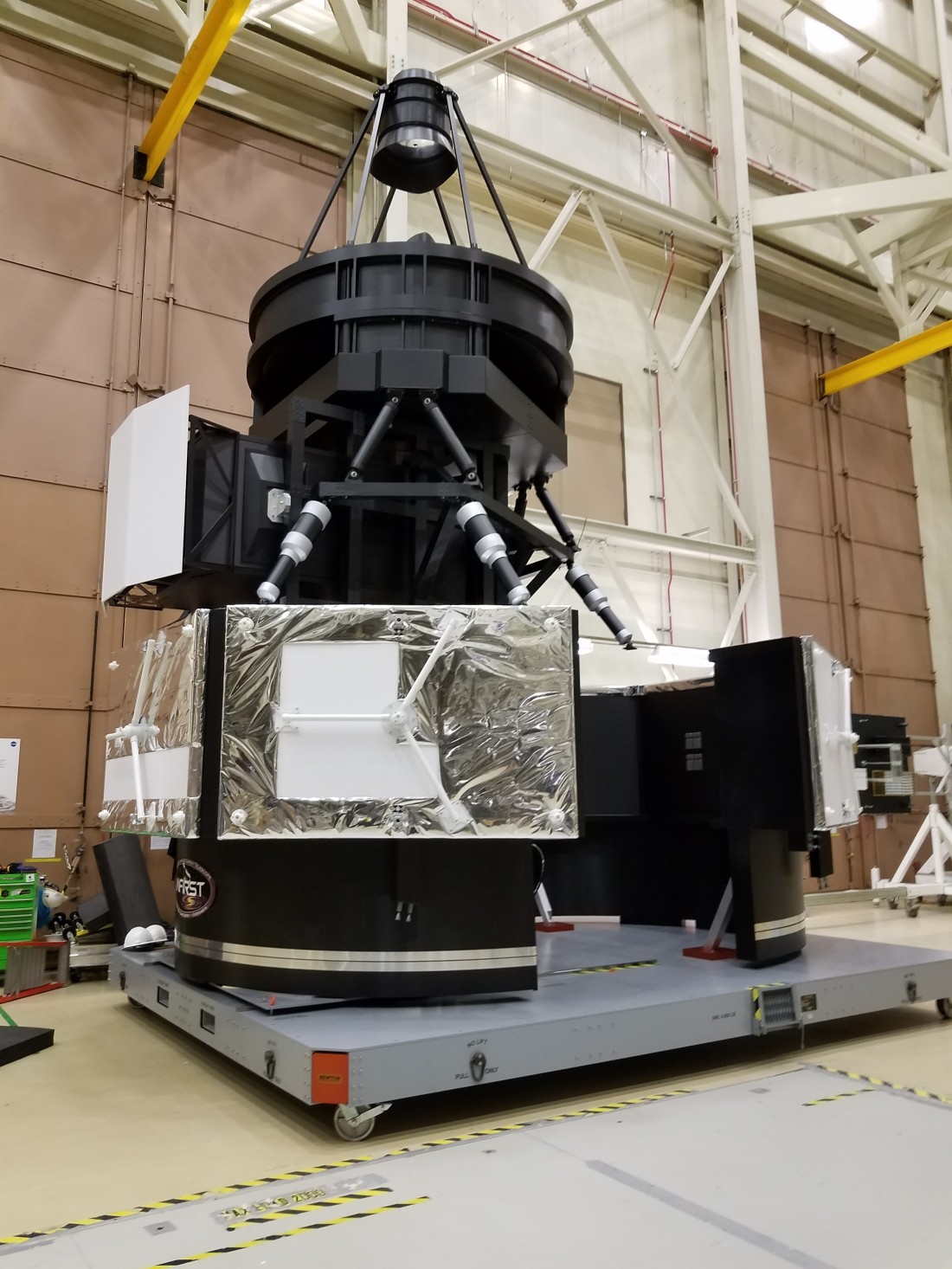

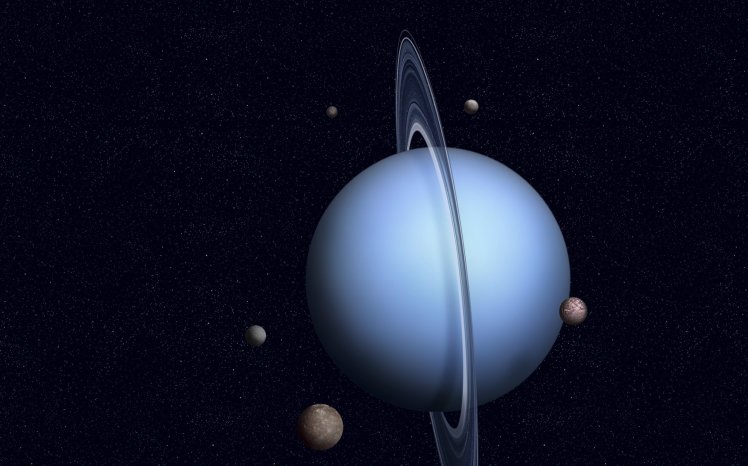
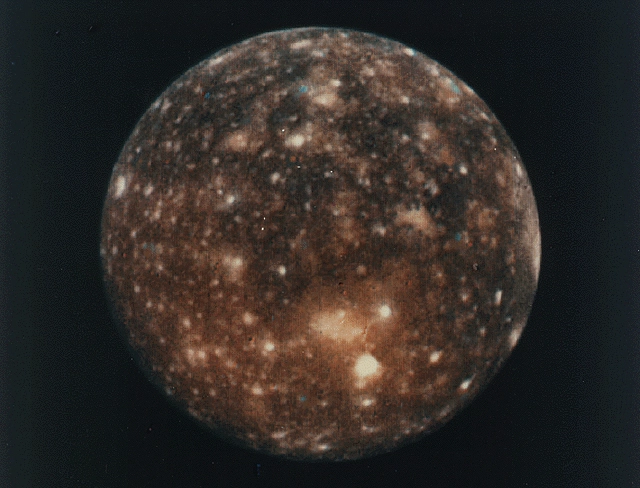
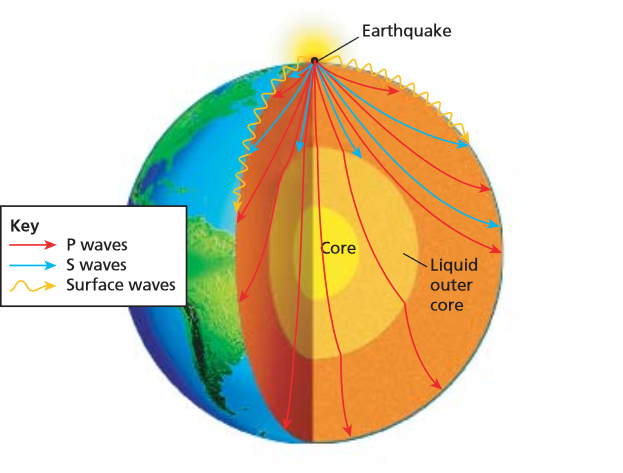
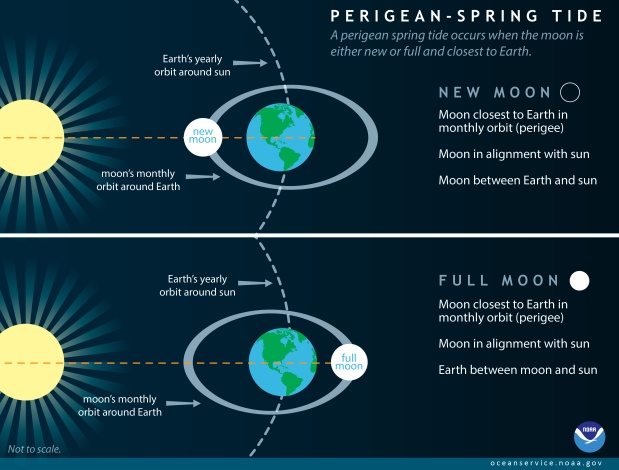
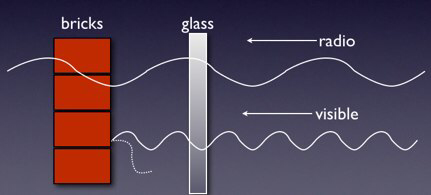


You must be logged in to post a comment.